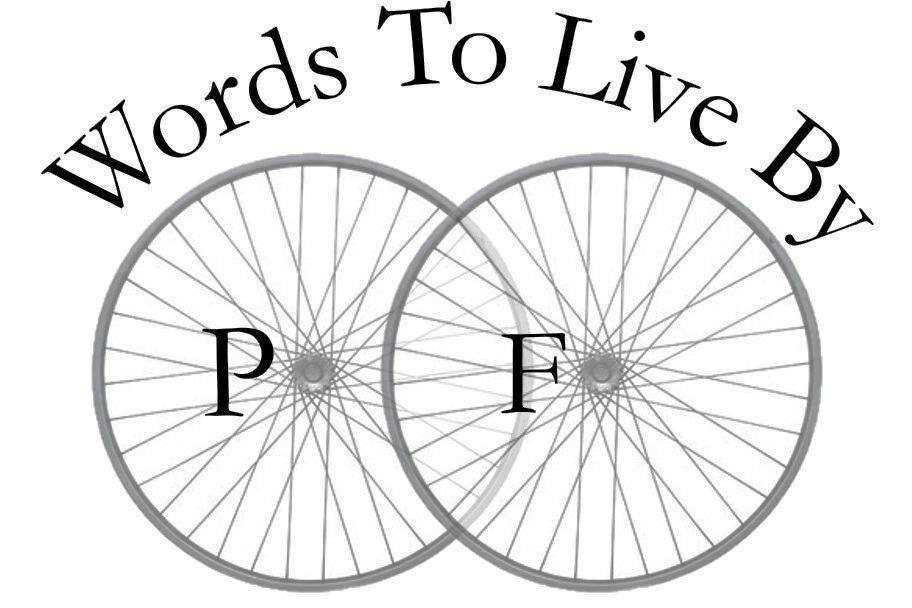Stop making sense
Spider Chorus dual-pivot caliper brakes anodized black are, objectively, not as beautiful as the swooping chrome Athena versions from 1994.
Those shiny and shapely brakes with the broad aluminum plates are second only to the crankset in elegance and style.
You can see the evolution from the brakes on the Cloud Bike to the set on Hugo Black in this fantastic photo, credited to holgergroe on Instagram. My old brakes are in the middle in the second-from-the-top row. The new ones are in the middle of the top row. Those are the styles, even if not the exact model – Hugo’s brakes, for instance, are black.
The new, though, have merits all their own and are not devoid of style. There are attractive lines within the arms and the whole of it, taken together, is smooth in its integration of arms and pivots. It is levers engineered well and truly.
The fine adjustments are far superior on the Chorus spider brakes, allowing for precise centering and exact pad positioning. Featured are a recall spring tension adjustment screw and a centering correction set screw. These are not window dressing. Because I actually read and followed the documentation, it all works splendidly. The torque specifications here are particularly important. Left to my own devices I would have tightened down significantly more, but that would surely crack the carbon fiber.
There is no squealing, there is no shuddering, there is only smooth, certain braking power. The brakes, the levers, the pads and the grooved braking surface of the DT rims all work together to make both feathered modulation and hard clamp-down superior for slowing and stopping.
Frame: 1070 grams
Fork: 410
Seatpost: 304
Saddle: 540
Headset: 85
Stem: 155
Handlebars: 269
Levers: 350
Cables and housing: 354
Brakes: 623
Running total:4160 grams, 9.17123 pounds


